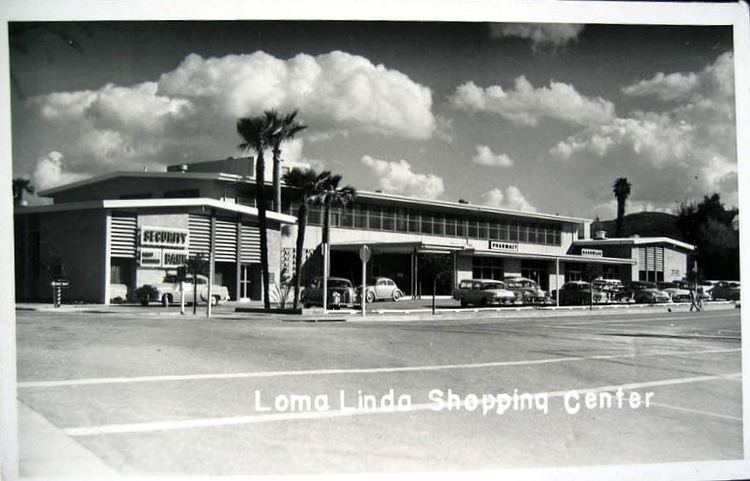 | ||
A real photo postcard (RPPC) is a continuous-tone photographic image printed on postcard stock. The term recognizes a distinction between the real photo process and the lithographic or offset printing processes employed in the manufacture of most postcard images.
History
In 1903 Kodak introduced the No. 3A Folding Pocket Kodak. The camera, designed for postcard-size film, allowed the general public to take photographs and have them printed on postcard backs, usually in the same dimensions (3-1/2" x 5-1/2") as standard vintage postcards. Many other cameras were used, some of which used glass photographic plates that produced images that had to be cropped in order to fit the postcard format.
In 1907, Kodak introduced a service called "real photo postcards," which enabled customers to make a postcard from any picture they took.
While Kodak was the major promoter of photo postcard production, the company used the term "real photo" less frequently than photographers and others in the marketplace from 1903 to ca. 1930.
Old House Journal states that "beginning in 1902 Kodak offered a preprinted card back that allowed postcards to be made directly from negatives." This technology allowed photographers to travel from town to town and document life in the places they visited. Old House Journal continues: "Local entrepreneurs hired them to record area events and the homes of prominent citizens. These postcards documented important buildings and sites, as well as parades, fires, and floods. Realtors used them to sell new housing by writing descriptions and prices on the back. Real photo postcards became expressions of pride in home and community, and were also sold as souvenirs in local drug stores and stationery shops."
On March 1, 1907, Federal legislation permitted senders, for the first time, to include a message on a portion of the back of a postcard. (Prior to that time, the address only was allowed on one side while the other side could present a photo or artwork.) The front side could then accommodate a full-size real photograph. The popularity of real photo postcards soared nationwide, and many people began collecting the cards in albums. No other single format has provided such a massive photo history of America, particularly of small-town and rural America where photography was often a luxury. Many real photo postcards were unique prints captured by amateur photographers, but others were mass-produced by companies such as the Eastern Illustrating and Publishing Company in Belfast, Maine. Real photo postcards were sometimes created and sold as mementoes at the scene of lynchings; they were also used to document such important events as the Mexican Revolution.
Real photo postcards may or may not have a white border, or a divided back, or other features of postcards, depending on the paper the photographer used.
